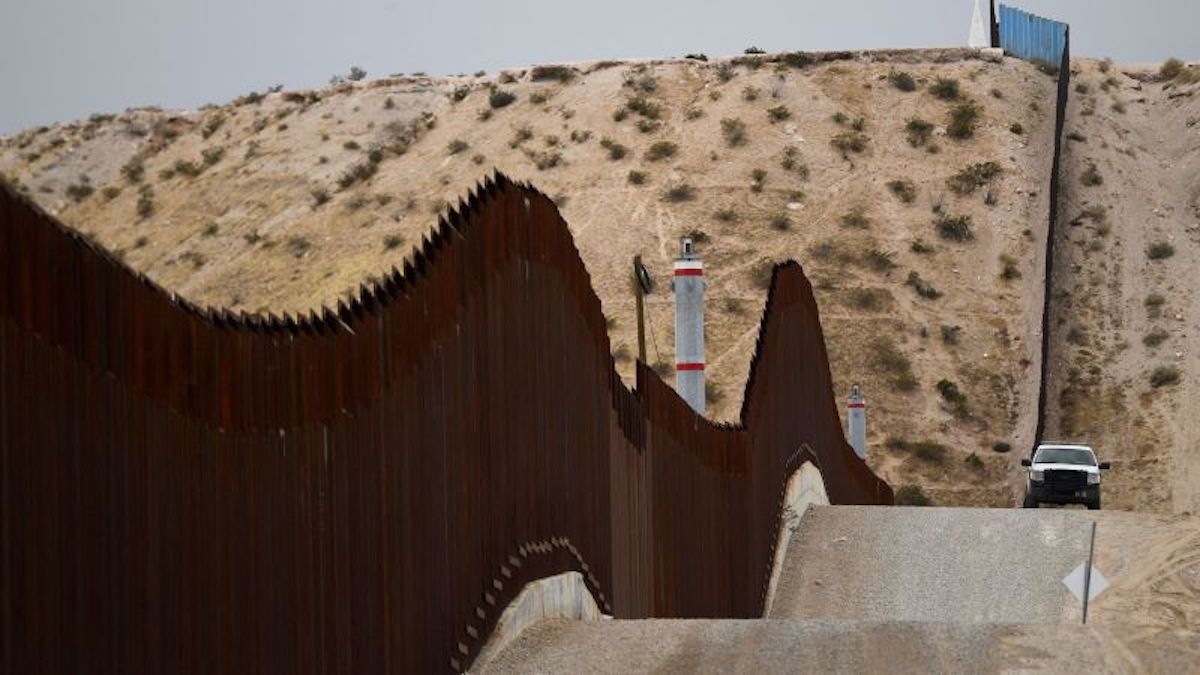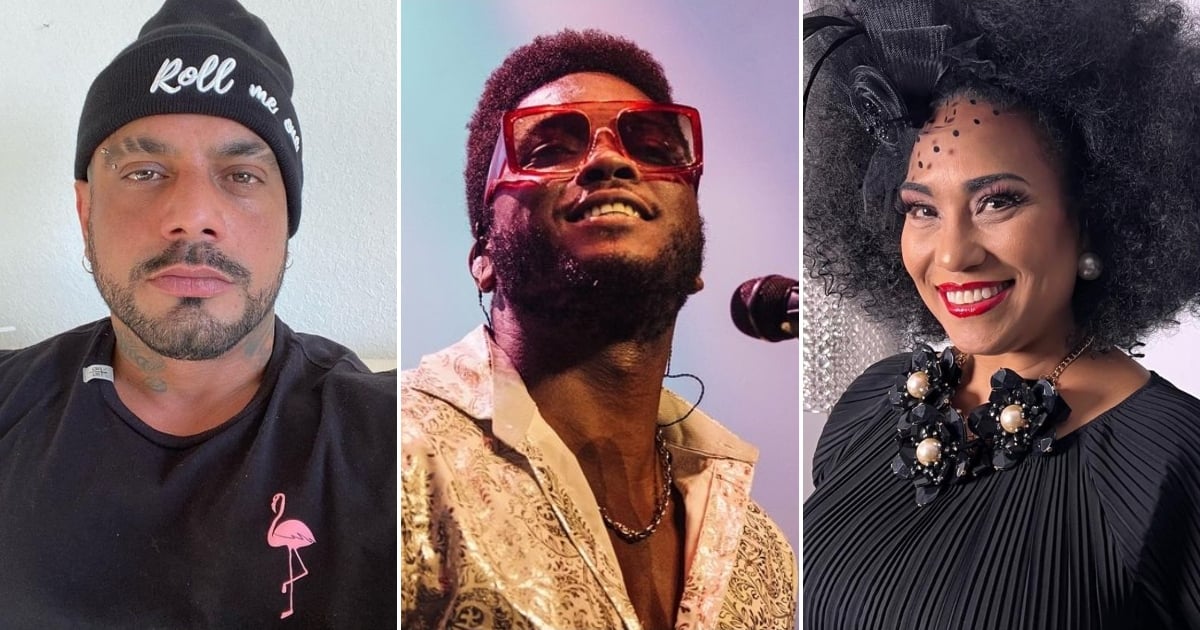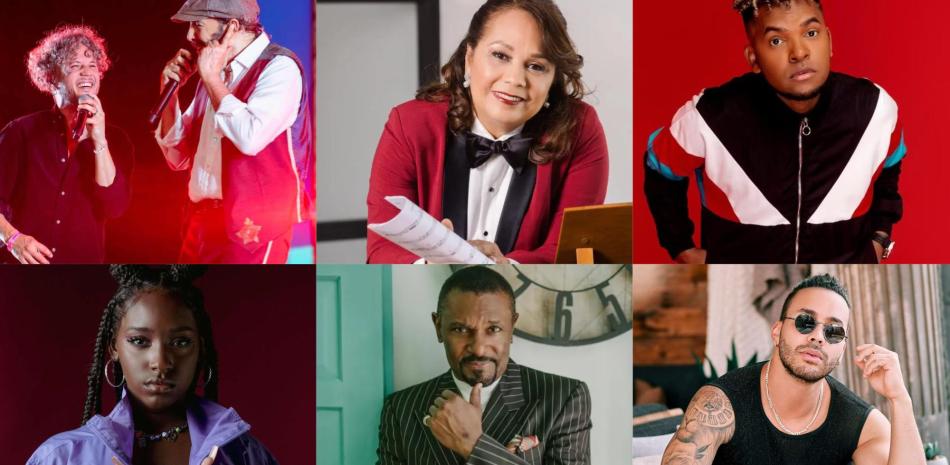(CNN) — “The news hit me like a bucket of cold water,” said Alezides Moray, a 30-year-old Venezuelan who planned to travel to the United States until this week.
On Wednesday, the US announced the expansion Title 42 — a pandemic-period border policy that allows immigration officials to deport illegal immigrants to Mexico for public health reasons — and unveiled a new plan to allow some Venezuelan immigrants to apply at 24,000 air ports of entry from the United States.
Both programs are designed to prevent Venezuelans like Moray from attempting to illegally and dangerously enter land along the US-Mexico border.
But many migrants already en route told CNN that the Biden administration’s decision to drop everything to begin the journey north has left them in agonizing limbo.
They also point out that the new airport entry program favors the wealthy and well-connected — in other words, Venezuelans who can comfortably fly north by plane.
Venezuela’s migration crisis is more acute than ever. More than seven million Venezuelans are now living abroad, having fled a humanitarian crisis in their own country, according to new figures released this month by the United Nations.
Most live in other South American countries (There are more than two million in Colombia alone), but in recent months, as living conditions worsen amid the Covid-19 pandemic and food crisis around the world, greater numbers have begun moving to North America via Central America and Mexico.
As a result, the number of Venezuelans detained at the southern border of the United States is rising. The Department of Homeland Security reported that 180,000 Venezuelans crossed the border last year.
unqualified path
Panama and Mexico form a geographic route for overland travelers from South America. According to the new US immigration rules.Any immigrant heading north and entering Panama or Mexico illegally will not be eligible for the program.
Such would have been the trip planned by Moray, her husband Rodolfo and their three children. His goal was to first travel to Necogli, Colombia, and walk to Panama through 100 kilometers of impassable jungle.
Despite the myriad dangers, Panamanian officials say 150,000 migrants have made the journey on foot so far this year.
Morey, who is currently in Colombia, says returning to Venezuela is unlikely. In 2018, his family sold their home in Santa Teresa del Duo, a poor town 30 kilometers southeast of Caracas, for $1,500 to pay for a trip to Colombia.
Now, she feels thrown into a quandary. Like many others, you can’t afford a transcontinental flight, let alone your entire family.
“I can’t go anywhere in this situation… I’m afraid: what can I do?” Morey told CNN.
Their situation is typical of most migrants traveling north now.
“After so much pain, so many hurdles to overcome, now we are stuck. We’re in Necogli, we don’t have anywhere to go…” Jose, a Venezuelan immigrant, told CNN.
According to local officials, 10,000 migrants are waiting to cross the Darien Gap in the city, but some are now reconsidering their next move.
“I’m in pain and I don’t know what to do now,” said Ender Dayran, a 28-year-old Venezuelan who had planned to join a group heading to northern Ecuador. But his plans changed after talking to other immigrants online.
“A couple of friends are thinking of settling down wherever they are, somewhere between Costa Rica and Nicaragua,” he told CNN. “Every person you talk to says the same thing: The whole way collapsed; I can’t travel anymore,” he said.
A “brutal” policy
In a call with reporters Thursday, top Homeland Security official Blas Nuñez-Neto said the goal is to reduce the number of immigrants who illegally approach the U.S.’s southern border while creating a legal pathway for those who qualify.
But the plan has drawn rare criticism from members of the Venezuelan opposition, who are generally aligned with Washington in their fight against Venezuela’s authoritarian leader Nicolás Maduro.
“The U.S. government has announced a brutal immigration crackdown that is exacerbating the situation of thousands of Venezuelans.” Henrique Gabriels tweetedA two-time presidential candidate and one of the anti-Maduro leaders who still lives in Caracas.
Carlos Vecchio, the official Venezuelan opposition representative in Washington, tweeted that Venezuela’s migration crisis was “insufficient for the scale”.
“We recognize @POTUS’s efforts to seek alternatives to the migration crisis through humanitarian parole for the orderly and safe migration of Venezuelans,” said.
“But the reported 24,000 visas are not enough to address the scale of the problem. A review is necessary in this regard,” he added.
The Venezuelan government has not commented on the new US policy.
But humanitarian organizations such as Médecins Sans Frontières (MSF) have echoed the criticism of others that the 24,000 legal permits are not enough, and insist that others under Title 42 should not be allowed to be deported to Mexico.
“We are appalled by the Biden administration’s decision to begin deporting Venezuelans under Title 42, a cruel and inhumane policy with no basis to protect public health that should have ended long ago,” MSF’s executive director Avril Benoit said in a statement. .
“We welcome a special humanitarian parole program for Venezuelans, and safe passages to the United States should be the norm rather than the exception.”
Rights activists argue that asylum seekers should have an opportunity to present their cases in the United States before being returned.
Still, some immigrants say they see a glimmer of hope in the Biden administration’s new stance.
Oscar Chacin, 44, a boxing instructor who entertained the idea of traveling for weeks through Central America to the United States, told CNN he now sees a legal path to migration.
“For me, it’s actually better. It makes things worse for a lot of people, but it’s better for me,” he said. “I have relatives, some friends and some boxing alumni in America, some of whom can sponsor me and my family.”
Her son, Oscar Alexander, is already in Mexico and entered before the new US immigration rules were announced.
“He will stay there now. He is already looking for a job and we will submit the documents once we find a sponsor,” Chasin said.
“Then we’ll wait for the document. Maybe one, maybe two years, but we’ll do it, I’m sure!






